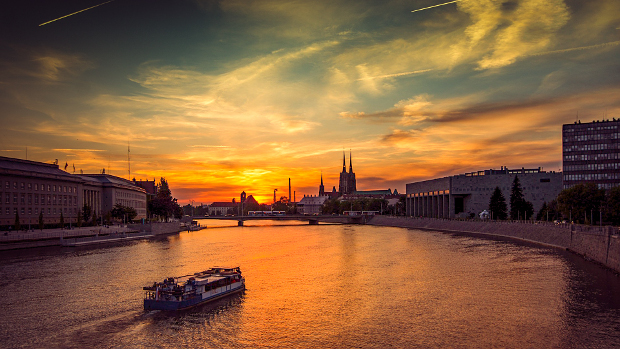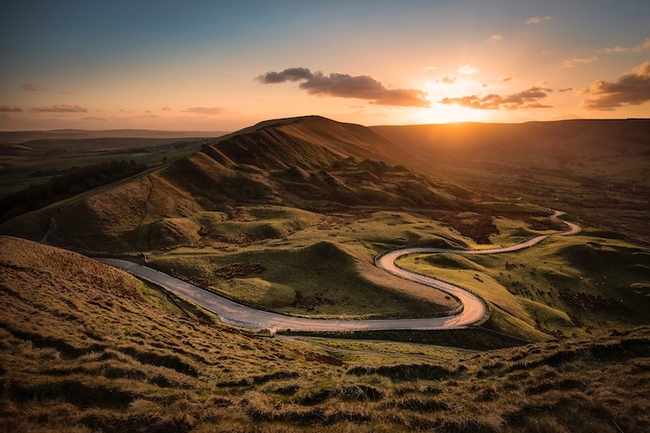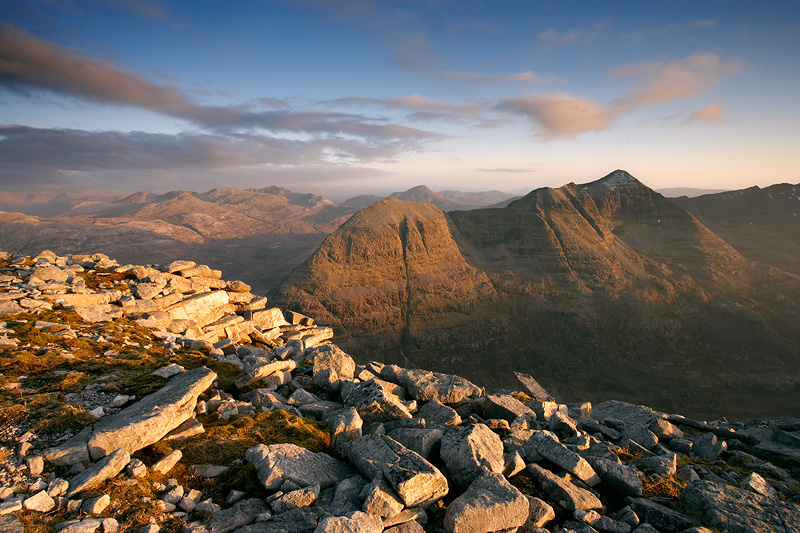Landscape photography can be extreme. Quality scenes transport the passerby quickly into a universe of miracle and wonderment. Each shot can profit from changes made in post, however, the degree to which you improve nature’s actual scene is imaginatively dependent upon you. In this article, we set up a rundown of the best post-handling tips explicitly for scene photography.
Balance Tones:
Limit how much picture information you recuperate from brilliant features or dim shadows. Openness can without much of a stretch get back detailed regions that are excessively dim or light. Furthermore, it can make wise acclimations to the picture tones with its auto-include. At the point when you make changes manually, make sure to keep up with the equilibrium of the first shot. Recuperating a lot of the light and dim regions can make the photograph read sloppy or level.
The sun is a splendid, sparkling bundle of unadulterated light. If you put the sun in the casing, make sure to keep up with the balance. The sun ought to be the most splendid thing in the photograph. Try not to let reflections, features, or whatever else overwhelm the sun in the picture. On the off chance that the sun isn’t sparkling, add a nearby change layer and light up it. Additionally, when altering shots that incorporate the sun, be aware of focal point flares. Scene picture takers generally don’t maintain that they should divert from the scene.

Keeping up with balance additionally applies to variety immersion. Limit how much immersion you add with the immersion slider as it can obstruct where the picture is oversaturated. For additional regular-looking immersed colors, utilize the Vibrance slider.
From Good to Great:
While picking which shots to alter, utilize a couple of rules to assess them. Choosing a decent picture before all else can radically further develop the manner in which it understands when altered. That change is considerably more noteworthy when those changes play off the first picture’s assets.
Right off the bat, serious areas of strength for request while choosing which photographs to alter. In any case, don’t dismiss a photograph prior to making an exhaustive assessment. Apply a few trimming, pivoting, or viewpoint revisions. Those changes can emphatically affect the piece of the shot.
One more highlight considers while choosing pictures to process is balance. That implies balance in arrangement, colors, and among features, and shadows. Picture openness is additionally significant. Obviously, you can change the openness worth of a picture in Exposure, yet the less you need to “fix” the picture, the more you can zero in on applying imaginative edits.
Lots of Flavors:
There are much extraordinary-looking Exposure presets that will turn out perfect for scenes. The searches in the Slide film class have significantly more difference and immersion than the Print film classes, which can give scenes more punch. Additionally, the Vintage class, Cross Processing, and Graduated Filters classifications are incredible choices for scene photography. You can utilize a solitary preset to punch up the show in a shot, or blend and mix a few presets on isolated layers. For a visit through the presets in Exposure, look at the Applying Film Looks video.
The Viewer’s Eye:
The objective of any photograph is to keep the watcher’s consideration, and perhaps of the most straightforward method for doing that is by eliminating interruptions. The edges of the casing are immensely significant for keeping the watcher’s eye on the photograph. When picture editing your scenes, give close consideration close to the edges. Search for splendid articles, differentiating colors, or specular features that can distract from the focal point of the shot.
Make neighborhood changes in accordance with eliminating or diminishing the effect of any interruptions in the scene. Utilize the Spot Heal instrument for this just when it’s totally vital. You can utilize the Burn preset in Exposure to quietly obscure regions with the Brush apparatus. To streamline specular features bring down the Brightness slider.

A faster choice is to utilize a vignette. Vignettes help with causing the to notice the subject by easing up or obscuring the edges of the photograph. Scene photographic artists are no aliens to applying vignettes of every kind imaginable. Openness devices make it simple to make wonderful, natural vignettes. Look at our Vignettes video for an inside and out take a gander at every one of the imaginative choices available.


